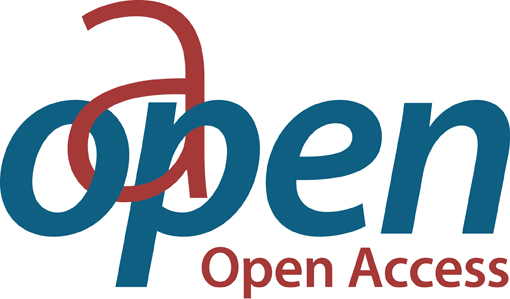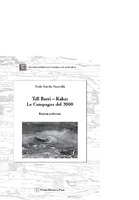Tell Barri/Kahat: la campagna del 2000
Abstract
In the plains of north-eastern Syria, not far from the course of the Tigris, is the site of Tell Barri, identified with the city of Kahat, a centre famous in the course of the second millennium for the presence of the temple of the god of the storm and for the palace of Tukulti-Ninurta II, an Assyrian sovereign of the ninth century BC. The archaeological sequence which has been brought to light stretches from the start of the third millennium up to the fourteenth century AD. From the Sumerian, Accadian, Paleo-Babylonian and Assyrian evidence through to the Achemenidian, Hellenistic, Parthian, Sassanid-Byzantine and finally mediaeval occupation. The book illustrates the results of the seventeenth excavation campaign, carried out by the group from the University of Florence and from the “Federico II” University of Naples. Nelle pianure della Siria nord-occidentale, non lontano dal corso del Tigri, si trova il sito di Tell Barri, identificato con la città di Kahat, centro noto nel corso del II millennio per la presenza del tempio del dio della tempesta e per il palazzo di Tukulti-Ninurta II, sovrano assiro del IX secolo a.C. La sequenza archeologica portata alla luce va dall'inizio del III millennio sino al XIV secolo d.C. Dalle testimonianze sumeriche, accadiche, paleobabilonesi, assire fino all'occupazione achemenide, ellenistica, partica, sasanide-bizantina ed infine medioevale. Il volume illustra i risultati dello scavo della diciassettesima campagna condotta dall'Università di Firenze e dall'Università "Federico II" di Napoli.
Keywords
archaeological excavations; archaeological sources; tell barri; scavi archeologici; fonti archeologiche; kahatDOI
10.36253/88-8453-096-2ISBN
8884530970OCN
1030815882; 275176956Publisher
Firenze University PressPublisher website
https://www.fupress.com/Publication date and place
2003Classification
Asian history
Archaeology


 Download
Download